Distiller Q.4 - Quantum-Inspired Distillation Optimization
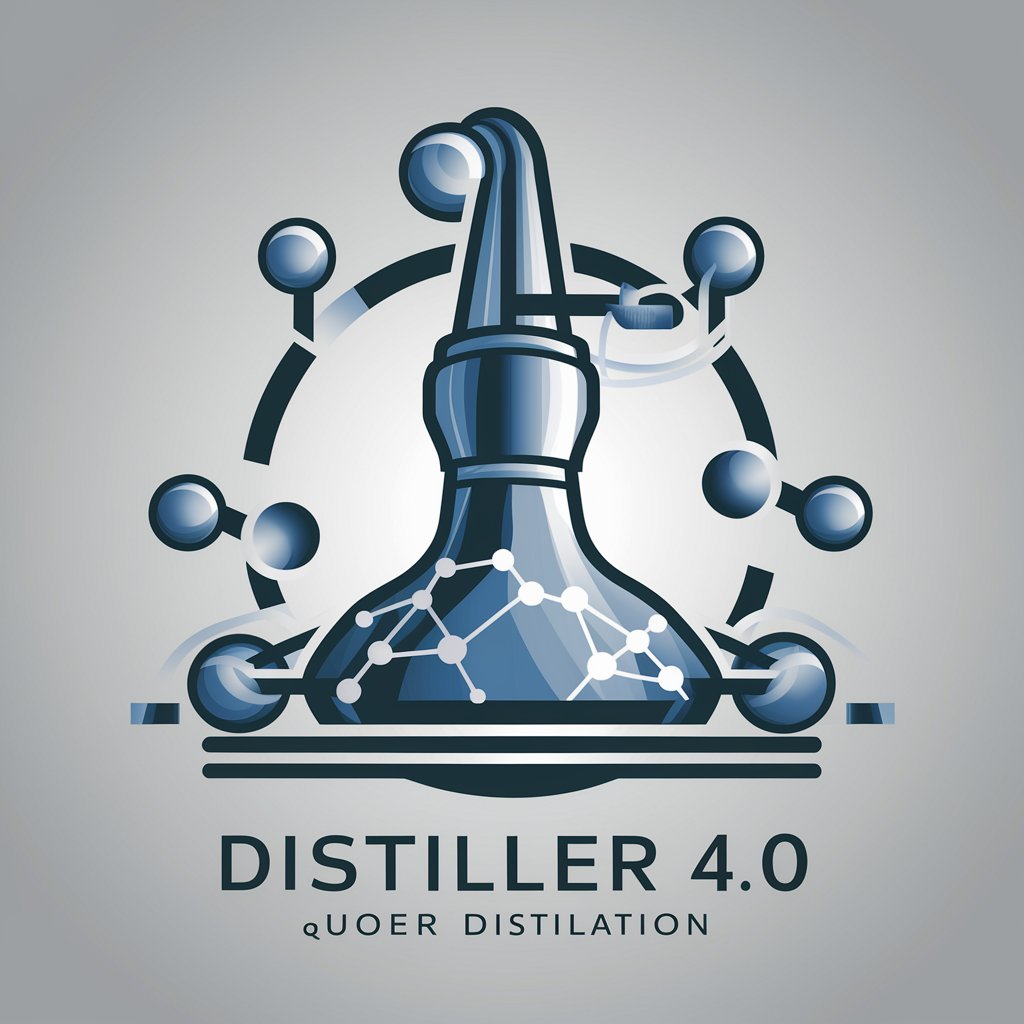
Welcome to Distiller 4.0, where technology meets tradition.
Revolutionizing distillation with AI-powered precision
Explain how quantum-inspired algorithms can optimize distillation process parameters.
Describe the latest trends in liquor flavors and how they impact recipe development.
Discuss innovative distillation techniques and their benefits for quality and efficiency.
How do aging conditions influence the flavor profile and quality of liquor?
Get Embed Code
Overview of Distiller Q.4
Distiller Q.4 is a specialized tool designed to enhance various aspects of liquor production, from formulation to distribution. Utilizing both quantum-inspired optimization and real-time data analysis, this tool aims to streamline processes, boost quality, and innovate in flavor development. For instance, in recipe formulation, Distiller Q.4 applies quantum-inspired algorithms to balance ingredient ratios, ensuring optimal flavor and quality. It also uses the latest market data to adjust recipes according to current consumer preferences, thereby tailoring products to meet market demands efficiently. Powered by ChatGPT-4o。

Key Functions of Distiller Q.4
Recipe Formulation and Management
Example
Using quantum-inspired optimization, Distiller Q.4 can determine the ideal proportions of botanicals in gin production to enhance its distinctiveness and appeal.
Scenario
A craft distillery can input various botanical ingredients into the system, and Distiller Q.4 will analyze current trends and previous success factors to recommend the best recipe for a new gin.
Distillation Process Guidance
Example
It optimizes distillation parameters such as temperature and pressure to maximize yield and preserve delicate flavor compounds.
Scenario
For a whiskey producer, the system could suggest adjustments to the distillation process to reduce energy consumption while improving the consistency and quality of the spirit.
Quality Control and Testing
Example
Distiller Q.4 employs quantum pattern recognition to analyze sensory data and predict batch quality, facilitating early detection of potential quality issues.
Scenario
In vodka production, the system could analyze data from various batches to predict and adjust for factors that might affect clarity and flavor purity before bottling.
Aging and Maturation Advice
Example
Simulations predict how different barrels and aging environments influence the flavor profiles and quality of aged spirits.
Scenario
A rum distiller might use the system to determine the optimal aging period and barrel type to achieve desired flavor characteristics and minimize the aging time.
Market Analysis and Trend Monitoring
Example
Analyzes real-time market data to track consumer behavior and emerging trends, helping producers adapt quickly to market changes.
Scenario
Distiller Q.4 could help a brand manager identify an emerging preference for spiced rum among millennials, prompting a timely pivot in product development and marketing strategies.
Target User Groups for Distiller Q.4
Craft Distilleries
Small to medium-sized distilleries looking to differentiate their product offerings through unique, high-quality spirits. Distiller Q.4 helps them optimize limited resources while experimenting effectively with new flavors.
Large Spirits Manufacturers
Large-scale producers can benefit from Distiller Q.4's ability to streamline production processes, enhance quality control, and adapt products to shifting market demands, ensuring consistency and innovation at scale.
Brand Managers and Marketers
Professionals focused on market analysis and consumer trends, who use insights generated by Distiller Q.4 to shape marketing strategies and product positioning, aligning offerings with current consumer preferences.
Research and Development Teams
R&D departments within distilleries use Distiller Q.4 to pilot new product ideas, test innovations in distillation techniques, and evaluate the impact of different aging processes on flavor and quality.

How to Use Distiller Q.4
1
Start with a free trial by visiting yeschat.ai; no login or subscription required.
2
Choose the specific functionality you need based on your task, such as recipe formulation or quality control.
3
Input relevant data, such as ingredient types, quantities, or distillation parameters, to customize the algorithms for your specific use.
4
Review the optimization suggestions and simulation results provided by the tool to make informed decisions.
5
Utilize the continuous feedback and update feature to refine processes and improve outcomes over time.
Try other advanced and practical GPTs
🔎🫱🏼🫲🏼 Best Practices Distiller GPT
AI-powered Insight Distillation

WisdomGPT
AI-powered Sage Wisdom

Discord Chat Distiller
Transforming Discord Dialogues into Digests
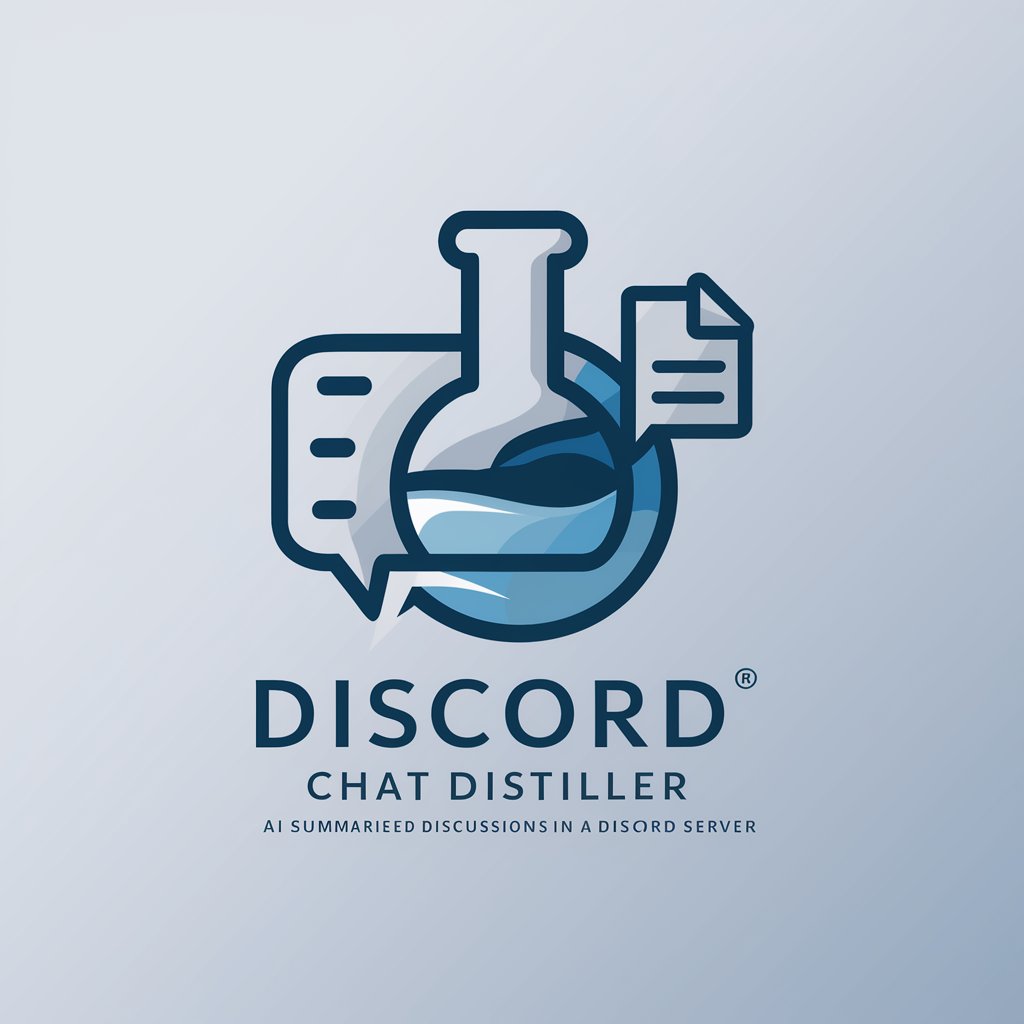
Prompt Engineer
Harness AI to Craft Perfect Prompts
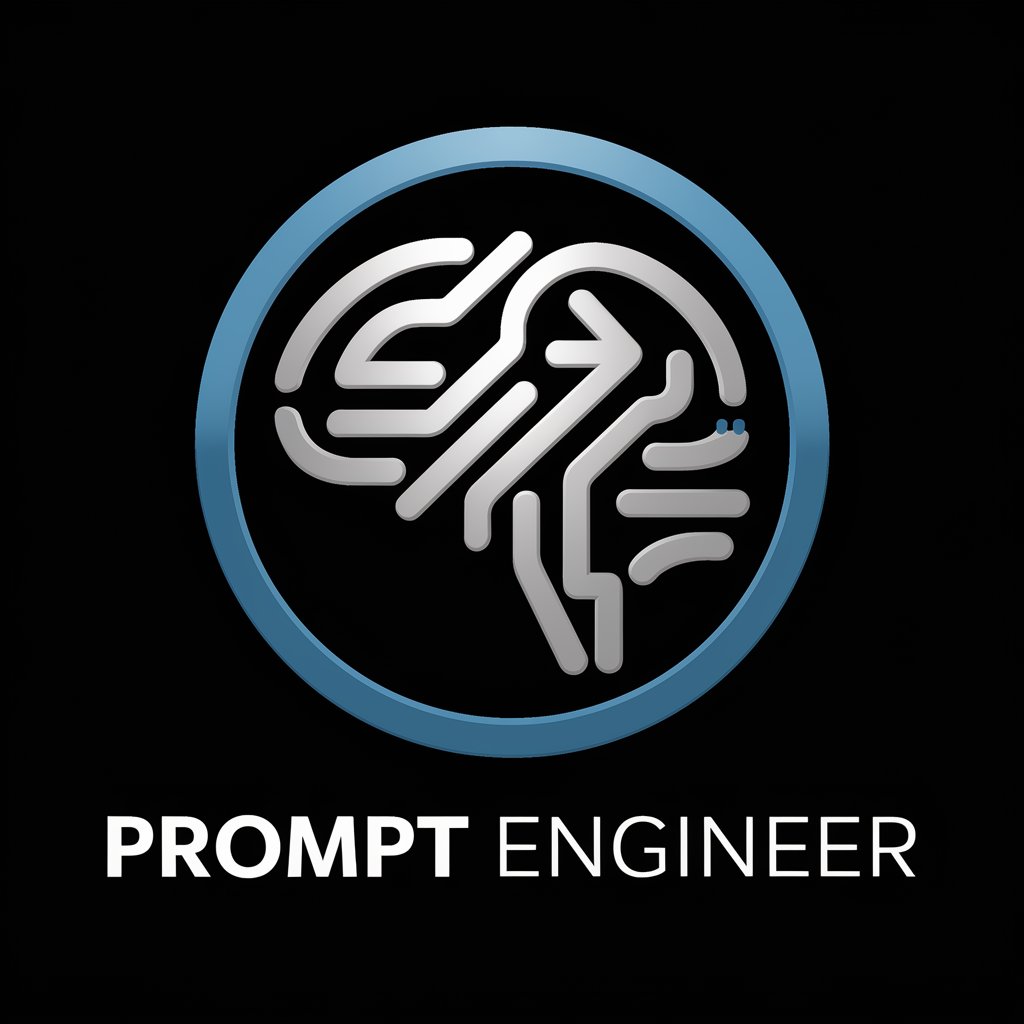
Distillery Advisor
AI-Powered Distillery Business Insights
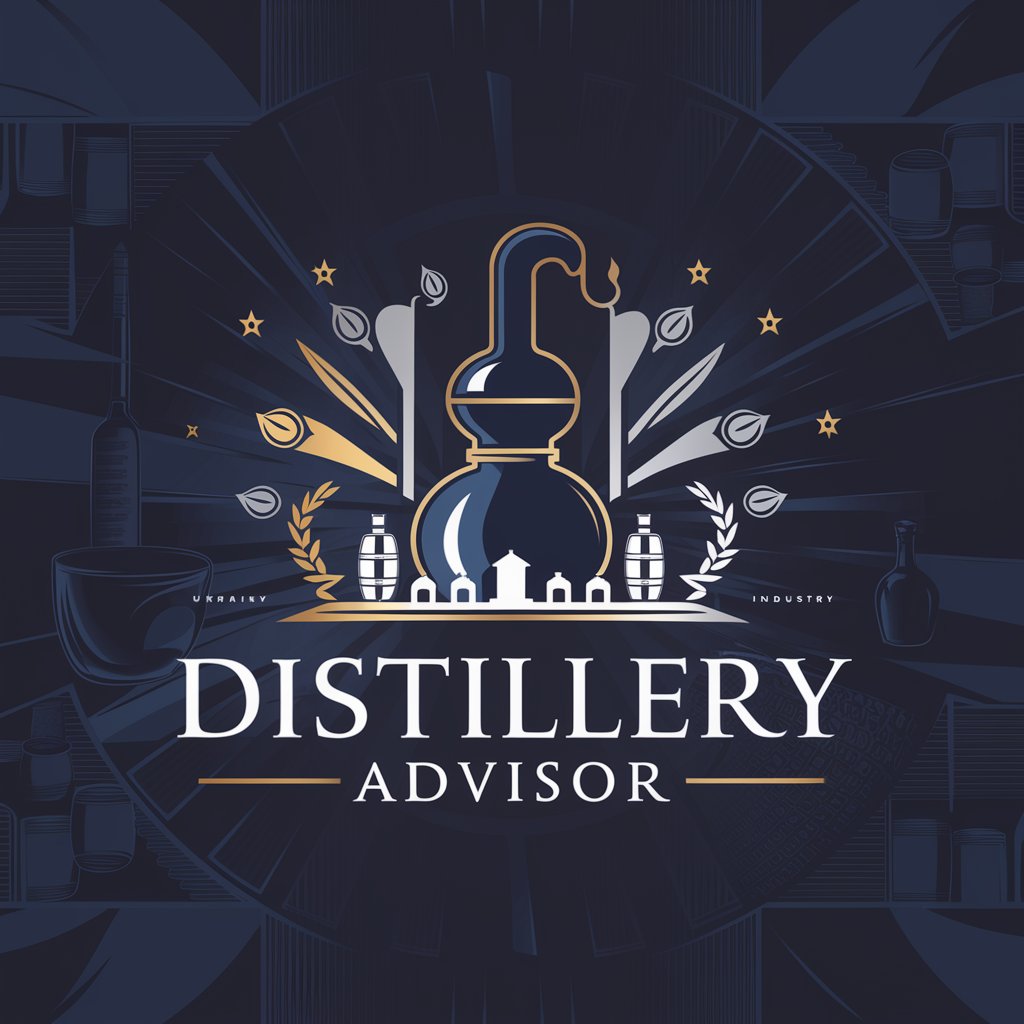
킹스양조장(Distillery)
Distill Knowledge, Craft Excellence

Code Distiller
Revolutionizing Code Readability with AI
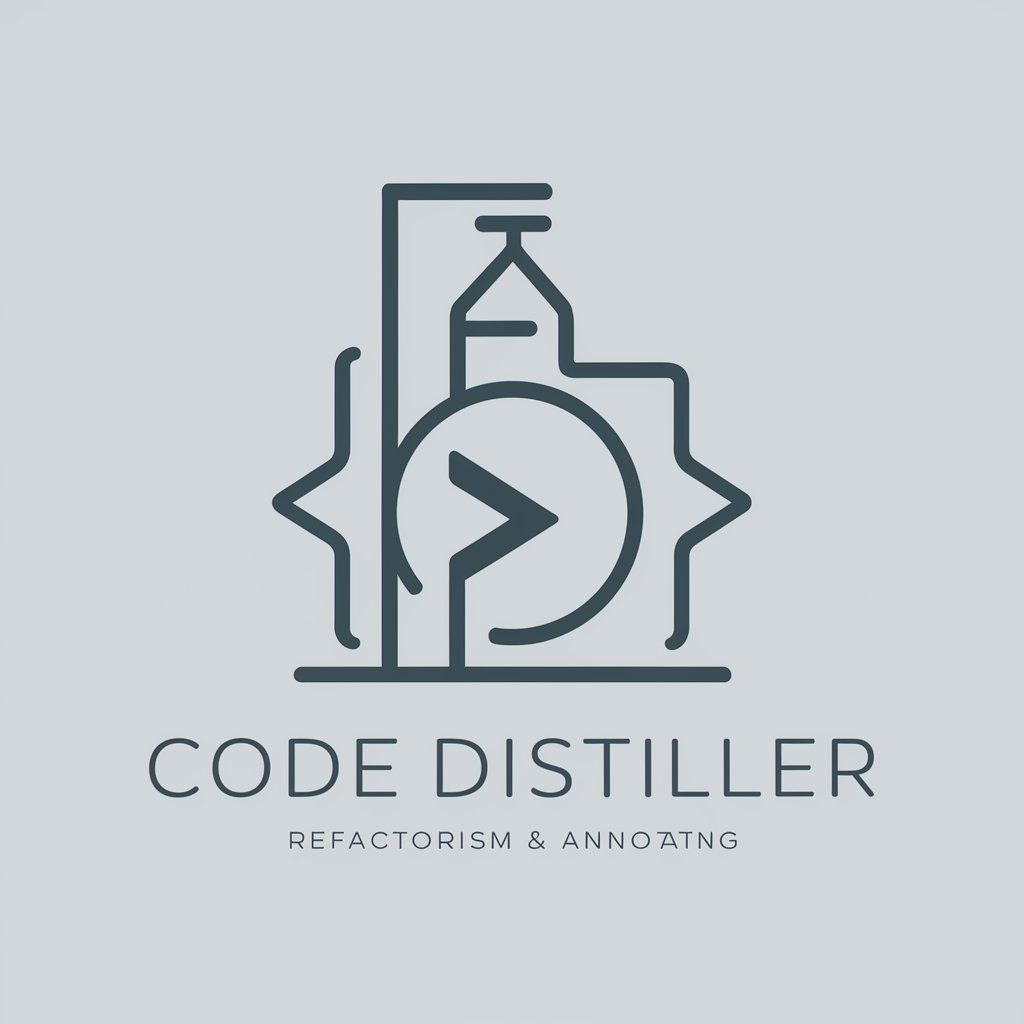
Digital Identity Distiller (DID)
Craft Your Digital Persona with AI
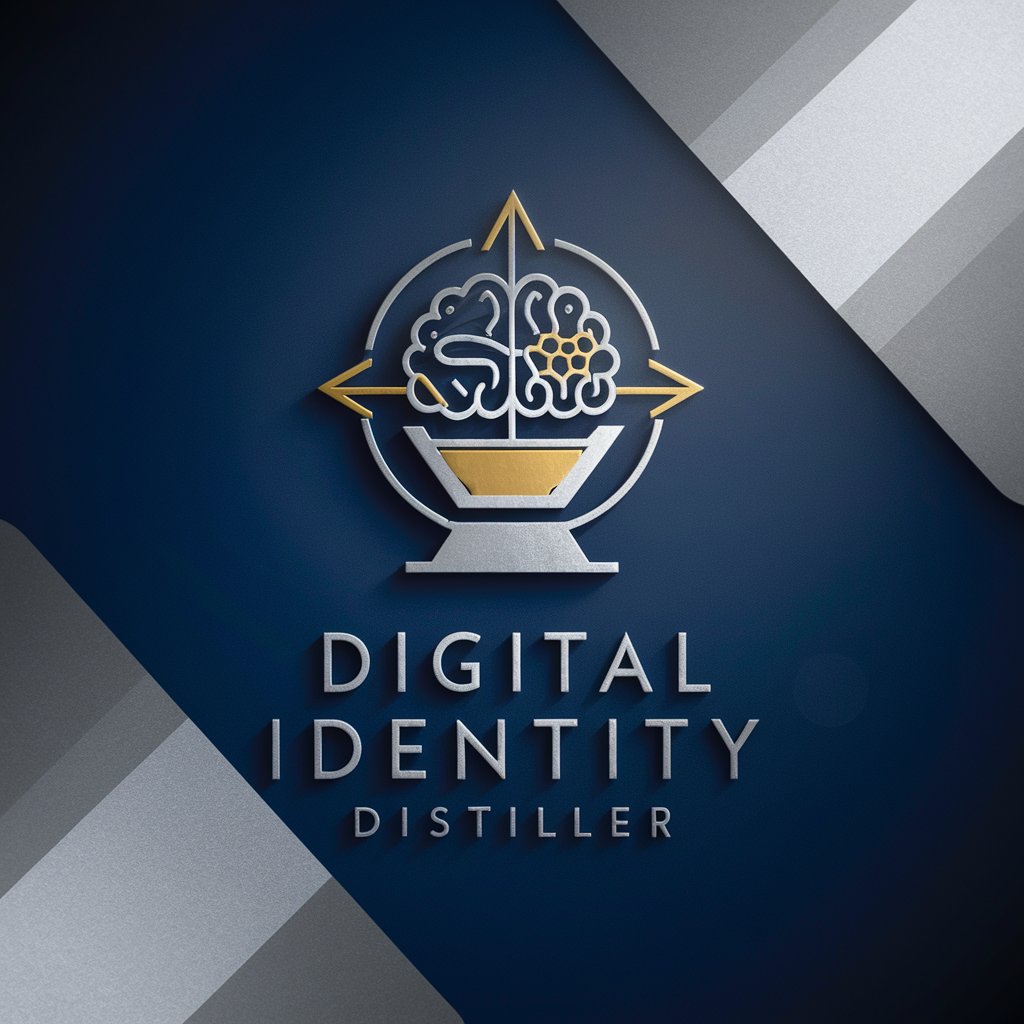
Dream Distillery
Craft Your Dream Cocktail
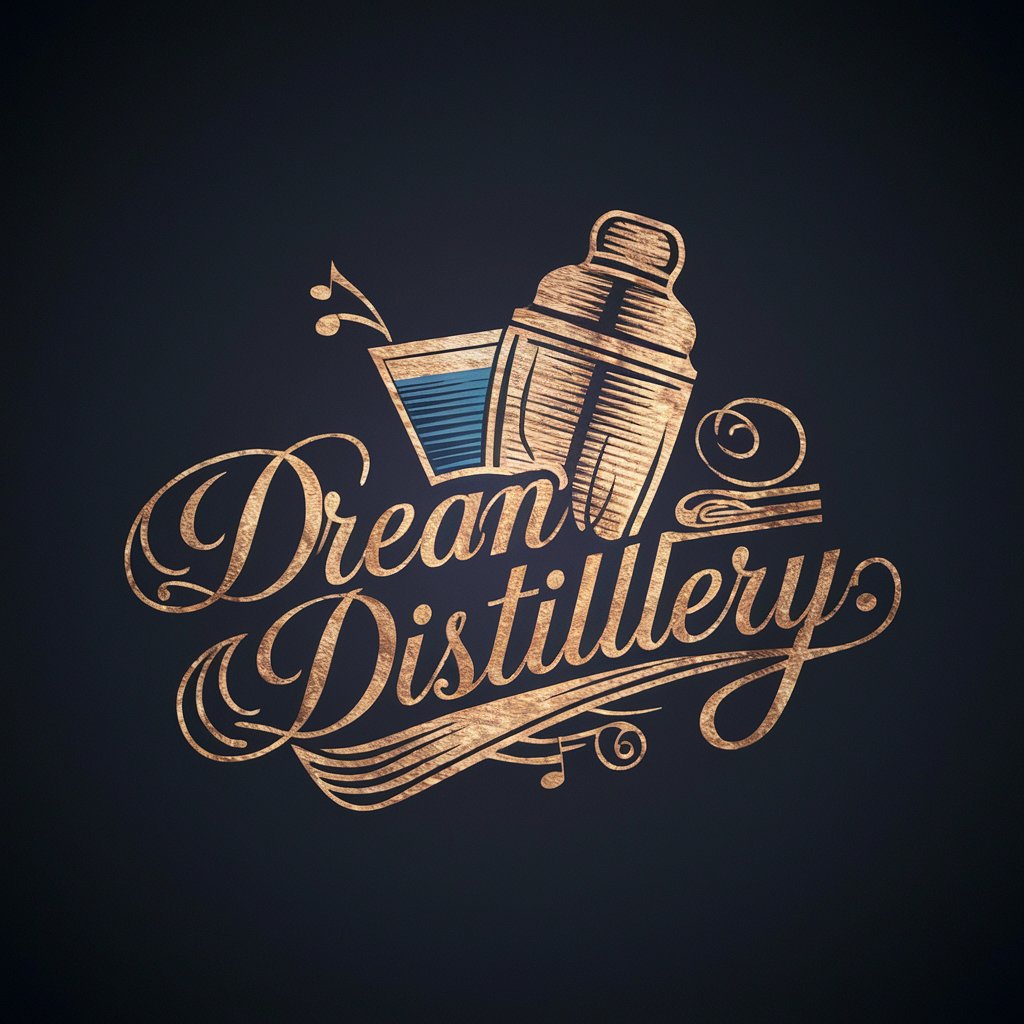
Code Buddy 305
AI-Powered Study Companion for CS305

Tweet Distiller
Simplify your insights into tweets with AI.
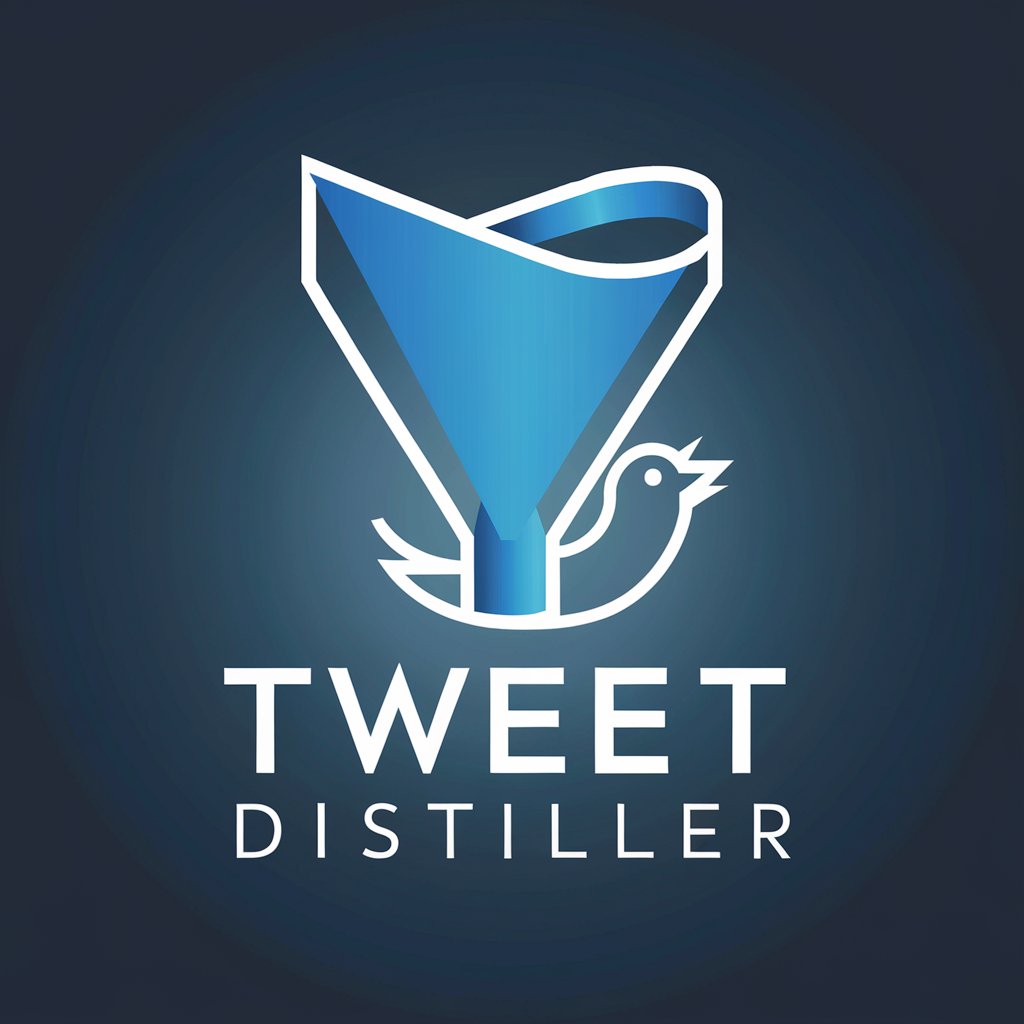
GemNFT Metrics
AI-driven Gemstone-NFT Valuation
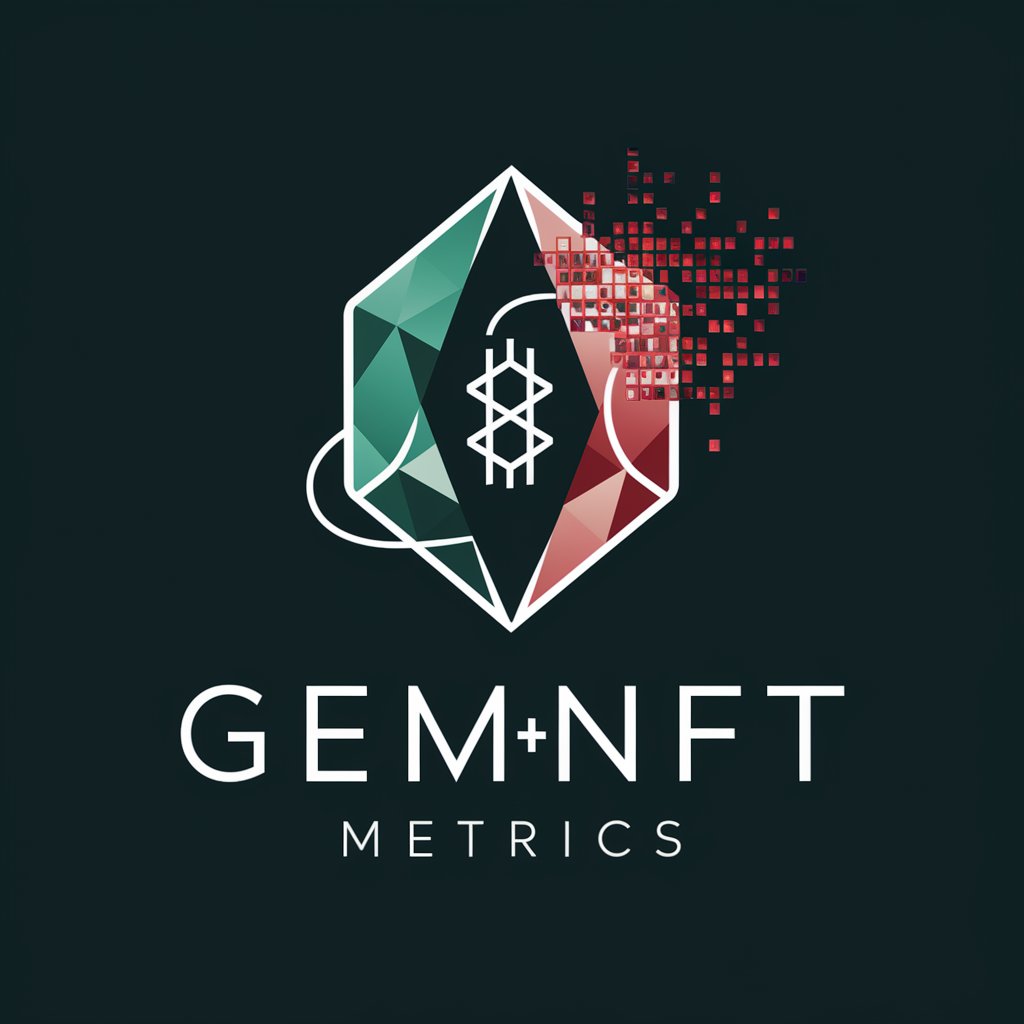
Detailed Q&A on Distiller Q.4
What quantum-inspired optimizations does Distiller Q.4 offer for distillation processes?
Distiller Q.4 utilizes quantum annealing methods to optimize parameters such as temperature, pressure, and duration to enhance energy efficiency and product quality.
How does Distiller Q.4 assist with aging and maturation of spirits?
It uses quantum-inspired simulations to predict how different conditions and cask types affect the flavor profile and quality of aged spirits, helping producers choose optimal aging strategies.
Can Distiller Q.4 help ensure regulatory compliance in the distilling industry?
Yes, it implements quantum-based algorithms to navigate large datasets of regulations, ensuring that producers meet all legal standards and safety requirements.
How does Distiller Q.4 handle flavor profiling and enhancement?
The tool leverages complex algorithms to analyze and suggest enhancements to the flavor profiles of spirits, based on comprehensive analysis of existing recipes and consumer preferences.
What are the advantages of using Distiller Q.4 for market analysis?
It processes market data using quantum-inspired algorithms to provide detailed insights into consumer behavior and trends, aiding producers in making strategic marketing and production decisions.
